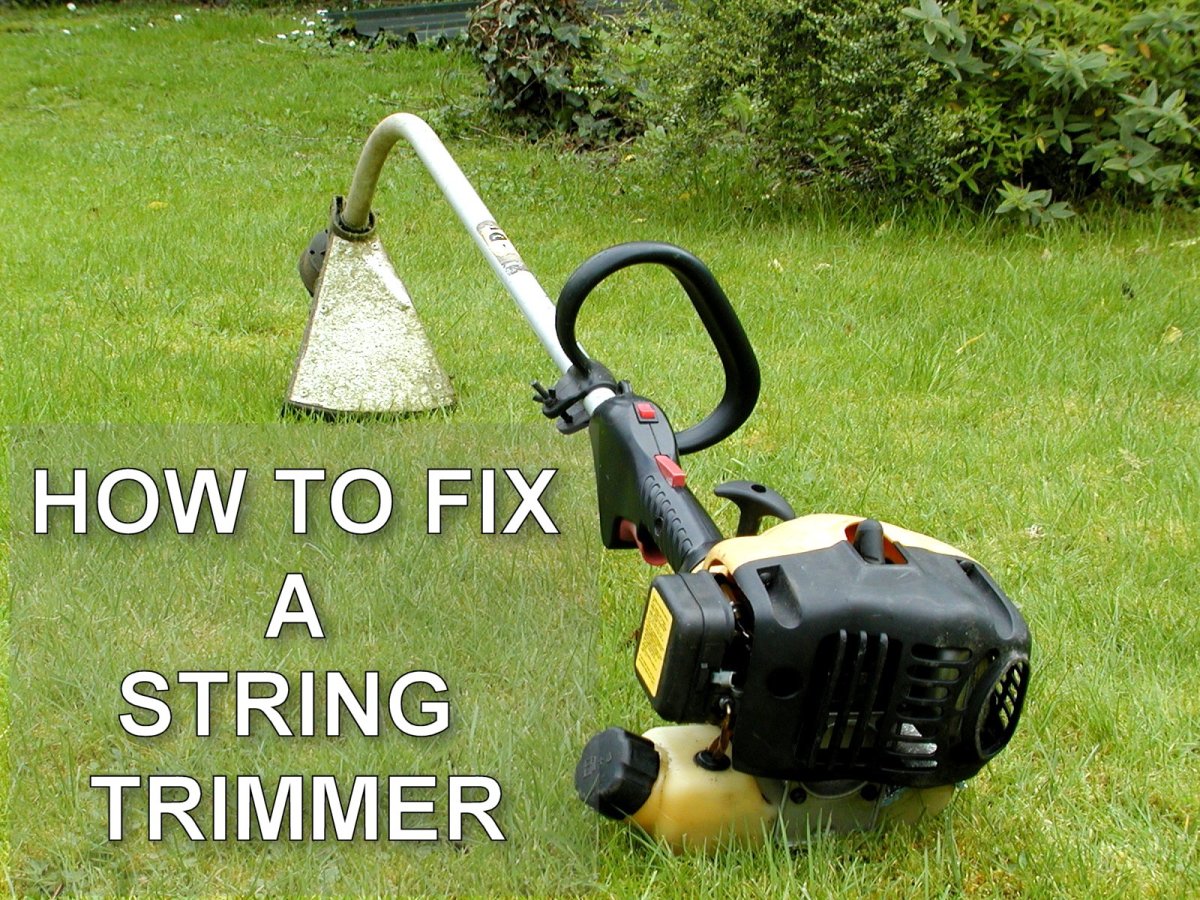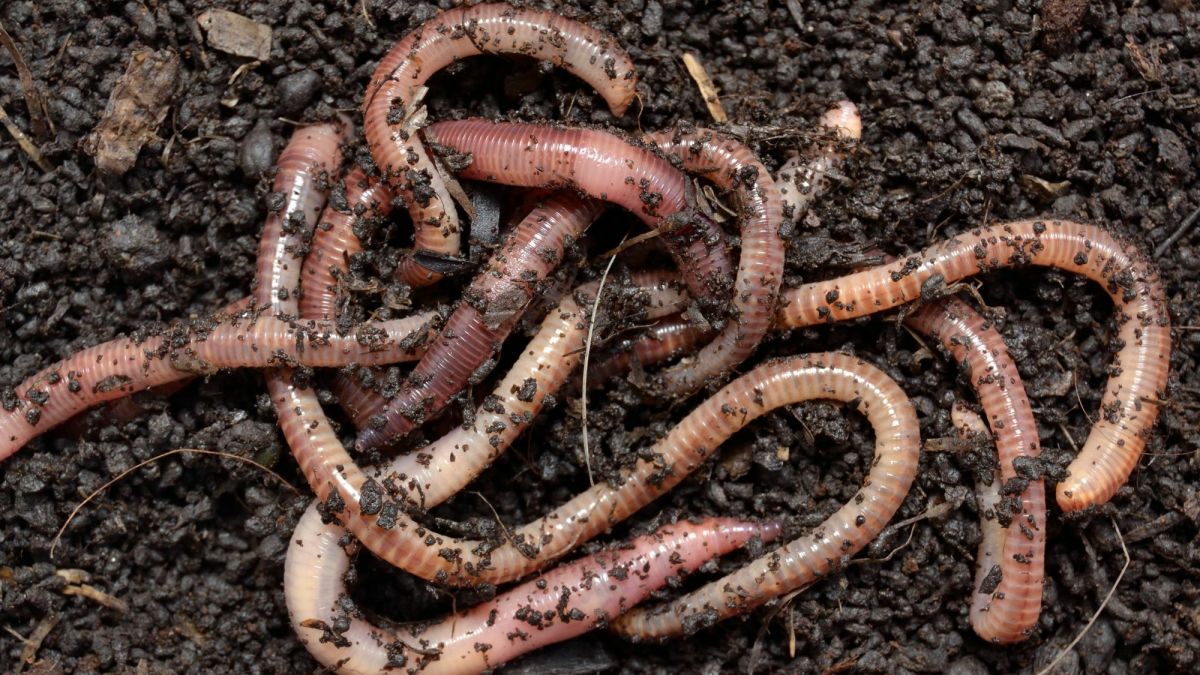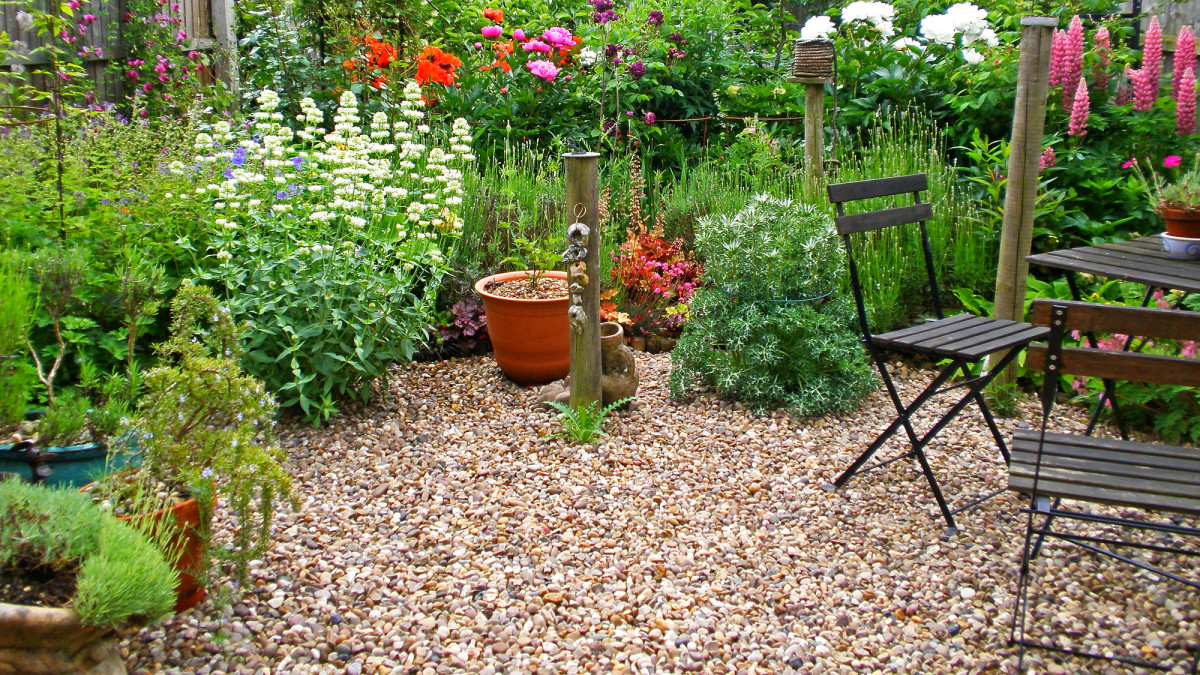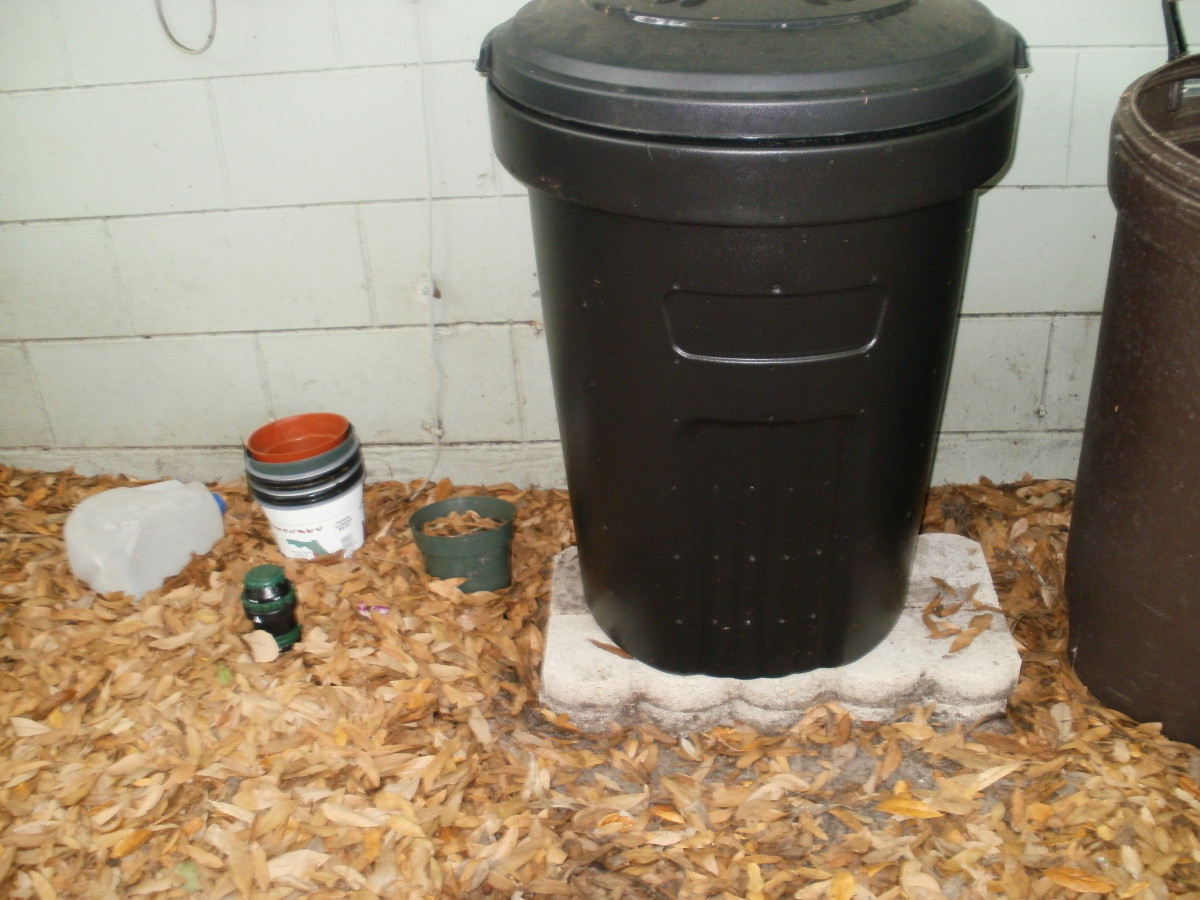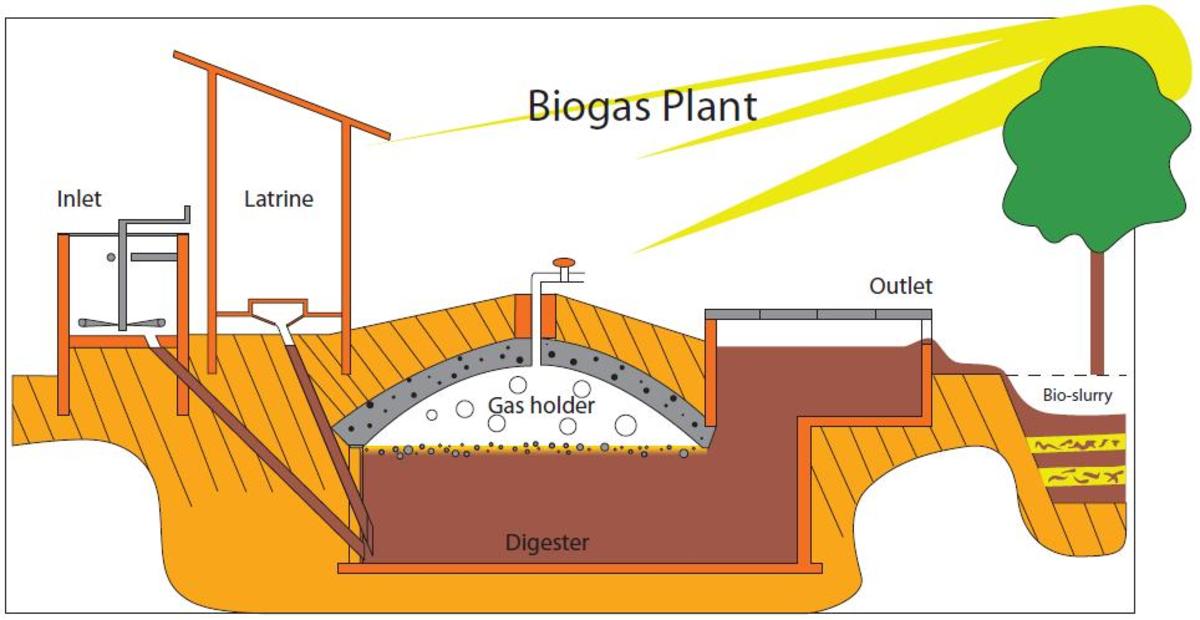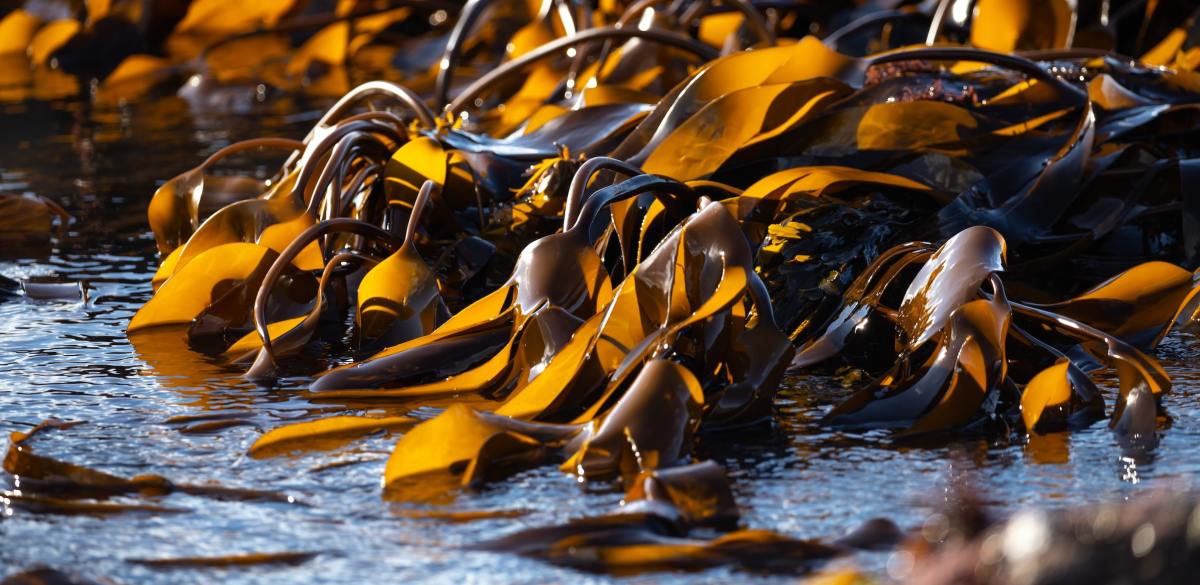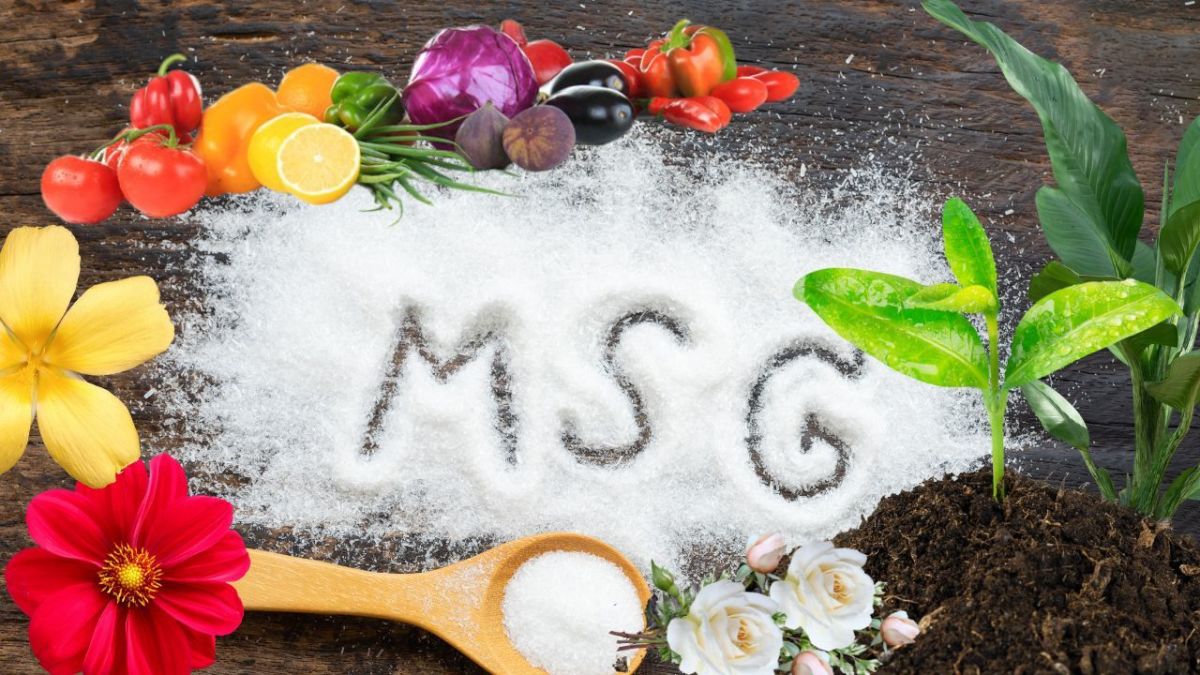How to Create Mulch from Leaves
How to Create Mulch from Leaves
Leaves make excellent mulch, given that they have been chopped up into small pieces. If left whole, leaves tend to clump together and deflect rain, and can take several years to break down to create mulch from leaves. Trees have very deep and extensive roots to gather up minerals from the soil. Leaves have more minerals than manure, and depending on the tree variety, this can be up to 5% mineral content by weight, plus nitrogen, phosphorus, and trace elements. No matter if your soil is clay or sand, the fibrous organic matter will break down into humus to improve your soil quality.
Leaves contain the most nutrients when they have just fallen, and the older they get, the less nutrient rich they become and the longer it takes for them to break down in a pile. Nearly every variety of tree leaves can be used as mulch, but use black walnut leaves and eucalyptus leaves sparingly, since compounds contained in these leaves can prevent the germination of seeds and the compounds in walnut leaves prevent most plants from growing.
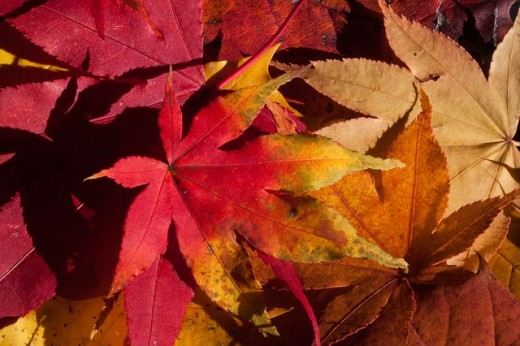
How to Chop Leaves with a Lawnmower
There are several ways to chop up leaves, depending on the equipment you have. If you have a mower with a bagger, simply run the mower over the leaves soon after they fall. Most leaves, like maple and oak leaves, will still be too big to break down quickly. Spread them out on the lawn in a thin layer to run over again with the lawn mower. The more times you run over them with the lawn mower, the smaller the pieces will be, and the faster they will decompose.
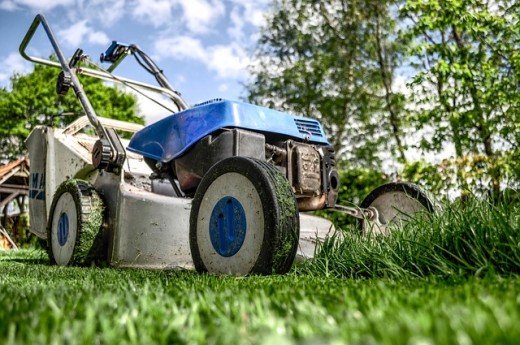
How to Chop Leaves with a String Trimmer
If you have a string trimmer, put the trimmer in the trash can, fill it 2/3 full of leaves, and use the trimmer like a submersion blender to chop up the leaves. Use protective eye wear while using a string trimmer.
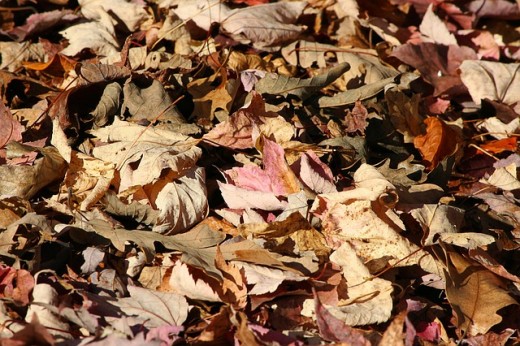
How to Make a Compost Bin to Create Mulch from Leaves
The simplest compost bin can be made out of snow fencing, wire fencing or orange crowd control fence, wire to tie the ends, and fence posts. The ideal size is 4 to 5 feet across. To get the correct amount of fencing, take the desired width time 3.14 (a 5 foot enclosure would take 15.7 feet of fencing and two posts). A rigid wire fence will not need posts to support it.
How to Make Quick Compost for Mulch
To make leaves into compost as quickly as possible, add nitrogen will dramatically speed up the process. Use manure from herbivores at one part per four parts shredded or ground leaves. If manure is not available, other sources of nitrogen include bone meal, cottonseed meal, or blood meal. Make the ingredients into a pile and turn the pile twice a week. This method can produce compost in as little as a few weeks if it is kept moist, but not soggy. Add it to your beds as mulch throughout the season to discourage weeds and add nutrients to your plants.
For the best quality and quickest compost, add the materials to your compost bin in layers. Fresh grass clippings or other green material are good sources of nitrogen.
- Add 6 to 8 inches of leaves,
- 1 inch of good garden soil or compost, and
- 1 inch of manure, or a cup of bone meal or other nitrogen source for each 20 to 25 feet of surface area. (A 3 foot enclosure has about 28 square feet in surface area, a 4 foot enclosure has 50 square feet, and a 5 foot enclosure has about 78 square feet.)
Repeat these layers, moistening each layer after it is added. For fasted decomposition, turn the pile at least once a week. To turn the pile, take the fencing down, set it up a few feet away, and shovel the contents into the fence. Using this method, you can have compost ready in as little as 2 to 3 months.


